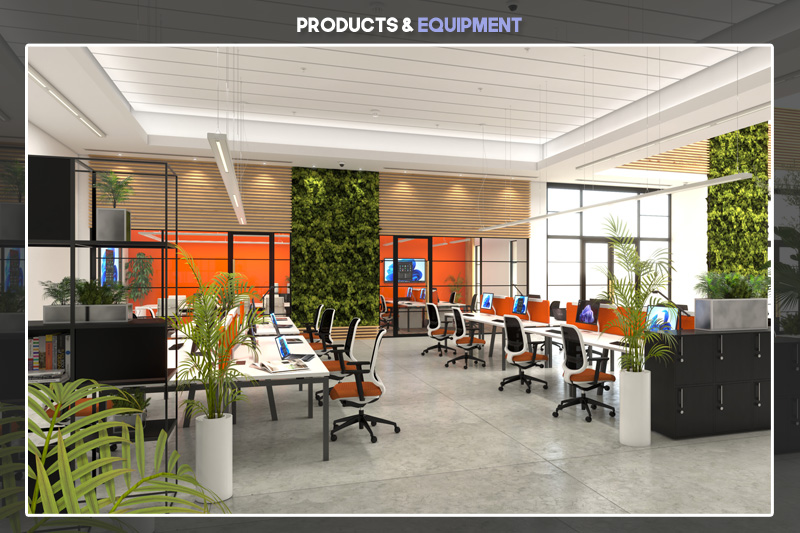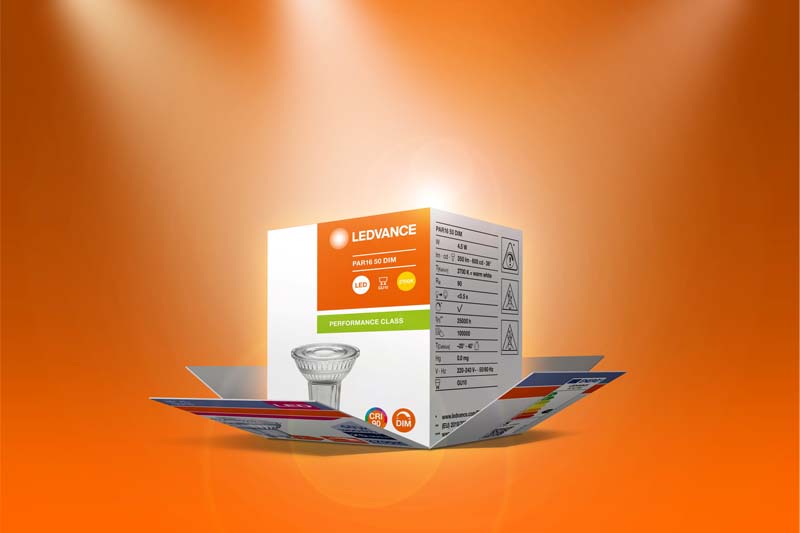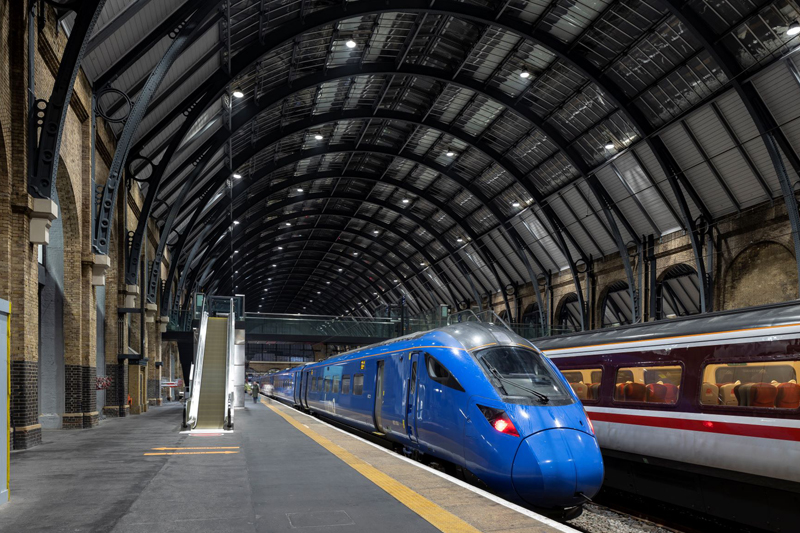Peter Alexander, Head of Retail Sales UK & Ireland for LEDVANCE, looks at how smart lighting systems can improve how we live and how wholesalers can be a part of providing that service.
LEDVANCE estimates that more than 60% of Europeans possess smart products, or plan to acquire one in the near future. Wholesalers will certainly have seen this demand reflected in their sales of smart lighting technology. Though the benefits of smart lighting systems have previously wowed business customers and facilities mangers, we are noting interest from an increasing number of private customers who want to integrate Smart lighting automation functions into their residential areas.
The choice of products they have at their fingertips is amazing – smart lamps in a wide variety of shapes, smart luminaires, products for indoor and outdoor use or plugs for integrating conventional light sources into more advanced systems. Using Bluetooth, ZigBee, an app, or simply their own voice, users can control the lights in another room or even in their garden, without needing to get up from the couch. Lights can be switched on when users arrive home with armfuls of shopping, and the desperate search in the dark for a light switch will soon be a thing of the past. However, convenience is far from the only reason why more homeowners should consider switching to smart lighting systems.
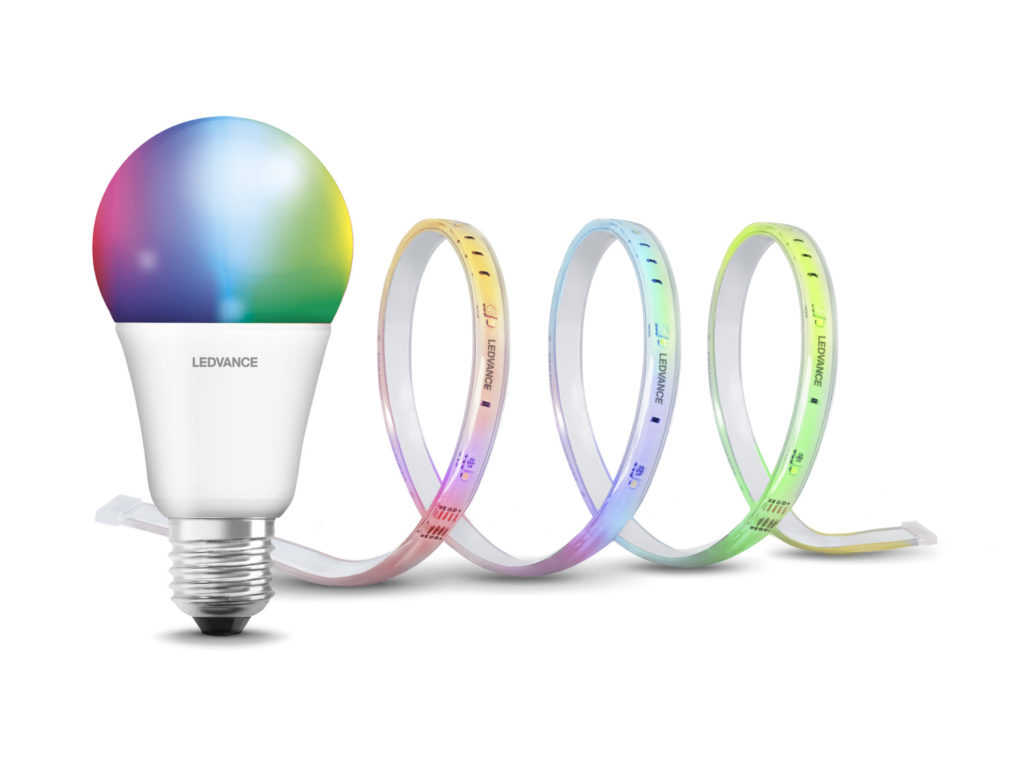
Good mood
Firstly, the home has many varying demands of its space, and mood lighting can accommodate this. Hospitality facilities use smart lighting to adapt areas to suit different moods – perhaps dimmed, blueish lighting for a spa or bright lights for a meeting room. Smart lighting allows for the easy creation of different lighting scenarios, which could be just as beneficial to the home. For instance, homeowners may want to programme a relaxing colour scheme for hosting a party, or bright lights to help wake for work during the dark winter mornings.
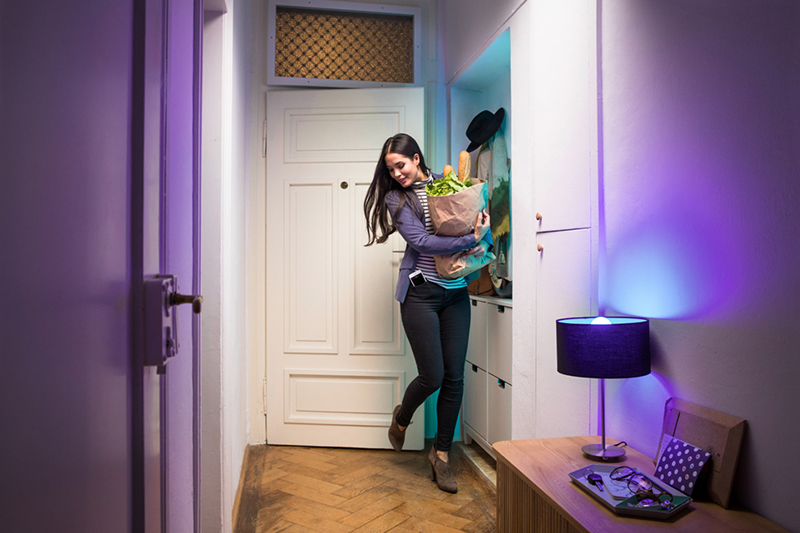
Staying secure
There is also the question of home security. In January 2019, the consumer research site ‘Which?’ compiled a survey of 1,330 members which asked about their home security features. Only 34% used timers to control indoors lights when away from home, which is surprising given just how much of an effective deterrent this measure can be. Though many homeowners choose to leave all the lights on in their residence when leaving it unoccupied for long periods of time, this can be just as obvious to potential intruders. Instead, home presence simulation can turn the lights on and off at certain times of the day, giving the house a much more ‘lived-in’ look. Many smart lighting systems even have a ‘randomising’ mode specifically designed for home security purposes.
Cost benefits
As household bills become an ever-increasing burden on family expenses, improved energy efficiency with automated smart lighting may be a very welcome aspect of a home installation. There’s a number of reasons why such efficiency is achieved. Firstly, smart lighting requires transitioning to LED luminaires, which are more efficient than traditional incandescent light bulbs. Too many homes are lagging behind and still using yesterday’s lighting, at the expense of reduced financial cost.
Secondly, lights that are not on all the time and tailored to individual requirements provide excellent energy savings. This goes beyond luminaires which turn themselves off when a room or floor of a house is unoccupied. Consider also the energy wasted by outdoor lights, which illuminate the property for several hours unnecessarily in the early hours of the morning before someone wakes up to switch them off. Smart lighting systems achieve ultimate energy efficiency by protecting themselves against our own human inefficiency.
With businesses and facilities managers already benefitting from smart lighting, wholesalers must now be ready to help ‘re-home’ these systems into the residential sector.
FOR FURTHER INFORMATION
For an extensive look at the Ledvance catalogue, visit: www.rdr.link/ww008


